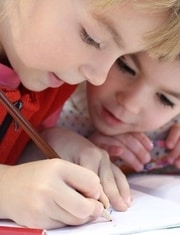Play, Learn, and Grow Safely with Kids Academy Games
While educational games help kids pick up new ideas easily, it’s important today, with so much digital content around, for parents and educators to ensure these games are safe and suitable for their age to protect young learners as they grow.
This balance between learning and safety is at the heart of what makes an educational resource truly beneficial and effective.
Safety and Educational Standards
If you want a balance of fun and safety, try Kids Academy – a leading edutainment platform, whose apps and website provide a safe and fun learning space for children aged 2-10. Their games are both engaging and educational, meeting COPPA and FERPA standards. This makes sure everything is age-appropriate, secure, and in line with current educational guidelines.
Math Games and More
Kids Academy’s game library covers a variety of subjects, with a special emphasis on math. From simple shape-matching and counting to addition, subtraction, and much more, the math games are crafted to teach math concepts in a way that’s interactive and fun.
Shapes
Young children quickly recognize basic shapes like rectangles and squares, but they soon start exploring 3D shapes and how these shapes relate to everyday objects. These early lessons in geometry may seem basic, yet they are vital for building a foundation that supports future math learning.
In this game, kids match 3D shapes with objects that share the same form.
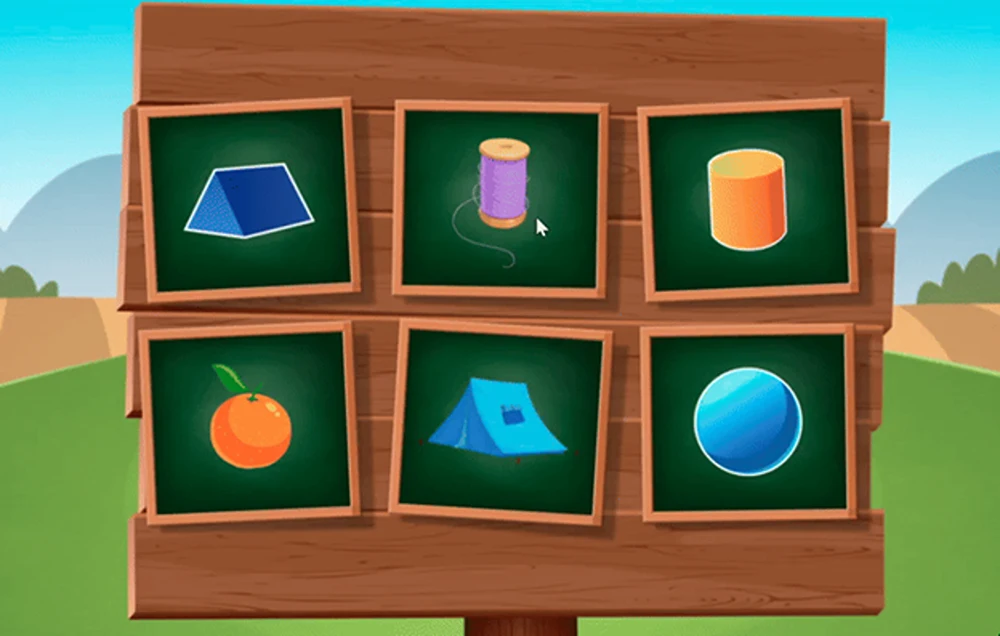
By dragging each shape to its corresponding object, children not only get to see the match but also hear the name of the shape pronounced.
Tracing Numbers
It’s well-known that within the new focus on microlearning, games and play are great ways to tap into a child’s natural curiosity and creativity, making critical thinking and problem-solving fun.
Kids use their fingers to practice correct pencil strokes for writing numbers.
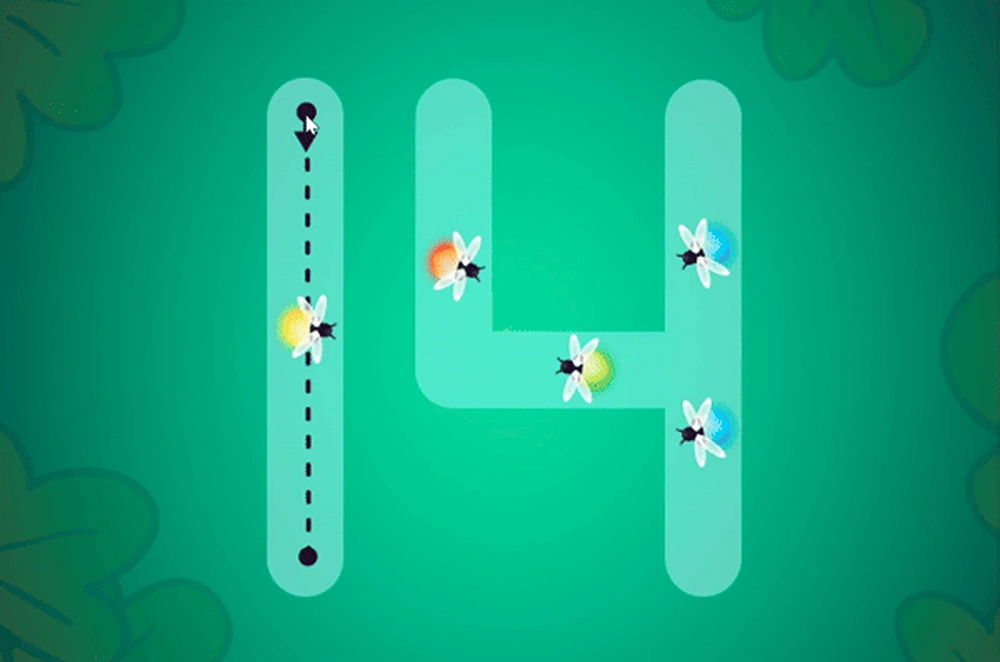
Tracing numbers is a type of educational game that teaches children to analyze their surroundings, find the right ways to interact with it, and reinforce correct behavior patterns in a fun game format.
Operations with Numbers up to 1000
Invite your young mathematician to explore 3-digit addition, subtraction, and comparison problems alongside cheerful alien friends!
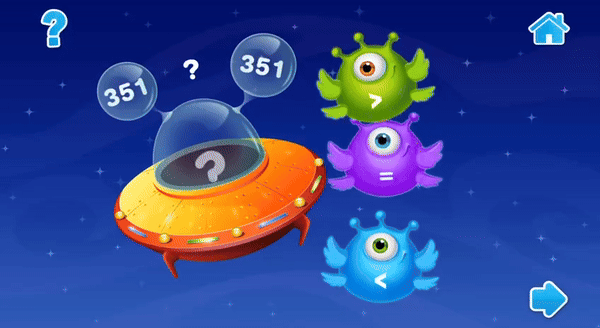
But the fun doesn’t stop with math. Kids can enhance their skills by letter tracing, learning sight words or identifying parts of speech. Each game provides engaging animations to keep kids motivated and gives positive feedback.
Letter Tracing
These engaging alphabet games teach students to write both uppercase and lowercase letters. Starting with letter tracing for guidance, they progress to writing independently.
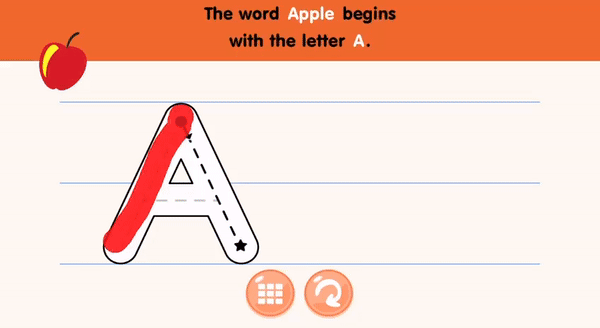
Along the journey, they’ll also explore basic vocabulary, discovering words that begin with each letter.
Sight Words
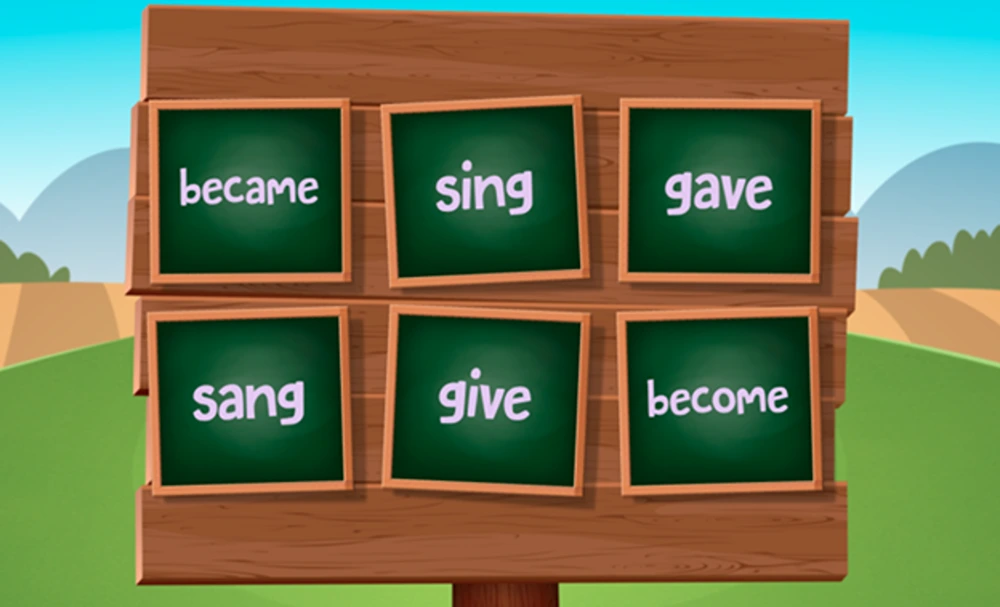
Children enhance their skills by completing sight words, filling in the missing letters to construct each word correctly.
Parts of Speech Adventure
In this engaging game, kids embark on a journey through sentences to identify whether each word is a verb, noun, pronoun, adverb, or adjective, enhancing their understanding of language.
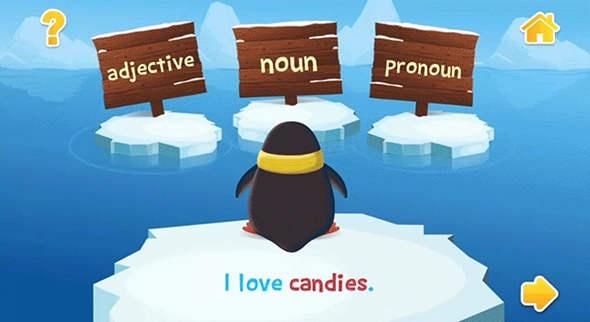
Kids Academy is proud to offer a wide array of professionally designed educational games that combine safety, quality, and fun. By learning through play, kids can develop essential skills while building a love for lifelong learning.
These types of games cover important skills like reading, speaking, writing, counting, and problem-solving. Educational games also improve engagement and ignite children with a desire to explore new concepts. From preschool to kindergarten, and even the the very early grades in school, these formative years for learning go by quickly. Parents and educators can use these tools to make the most of this fleeting time and spark a lifelong love of learning.

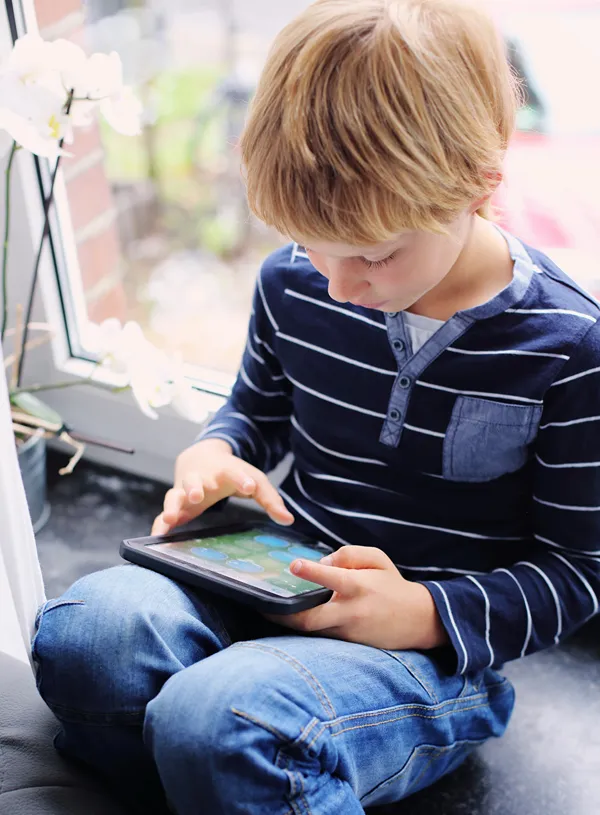
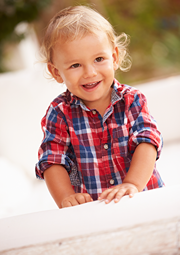
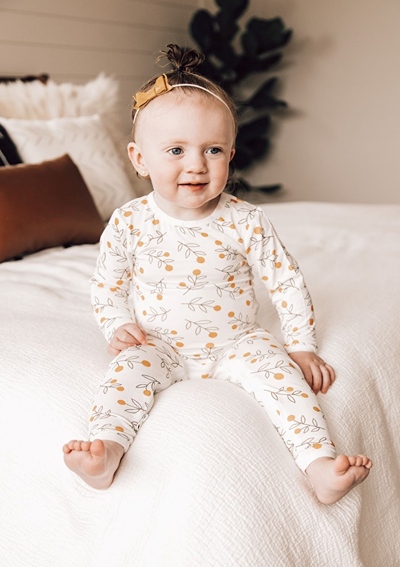

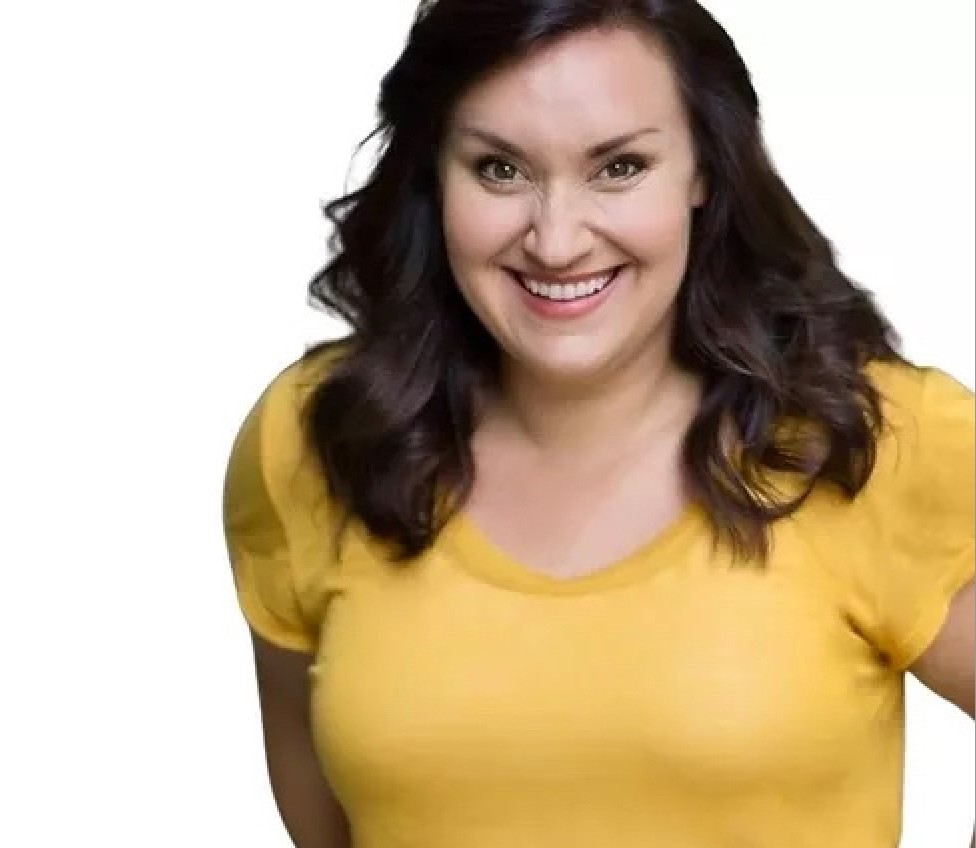 This article was written by Jenie Boone, Founder and
This article was written by Jenie Boone, Founder and 